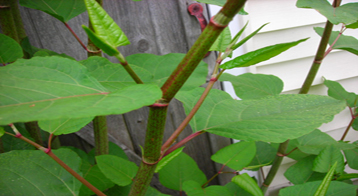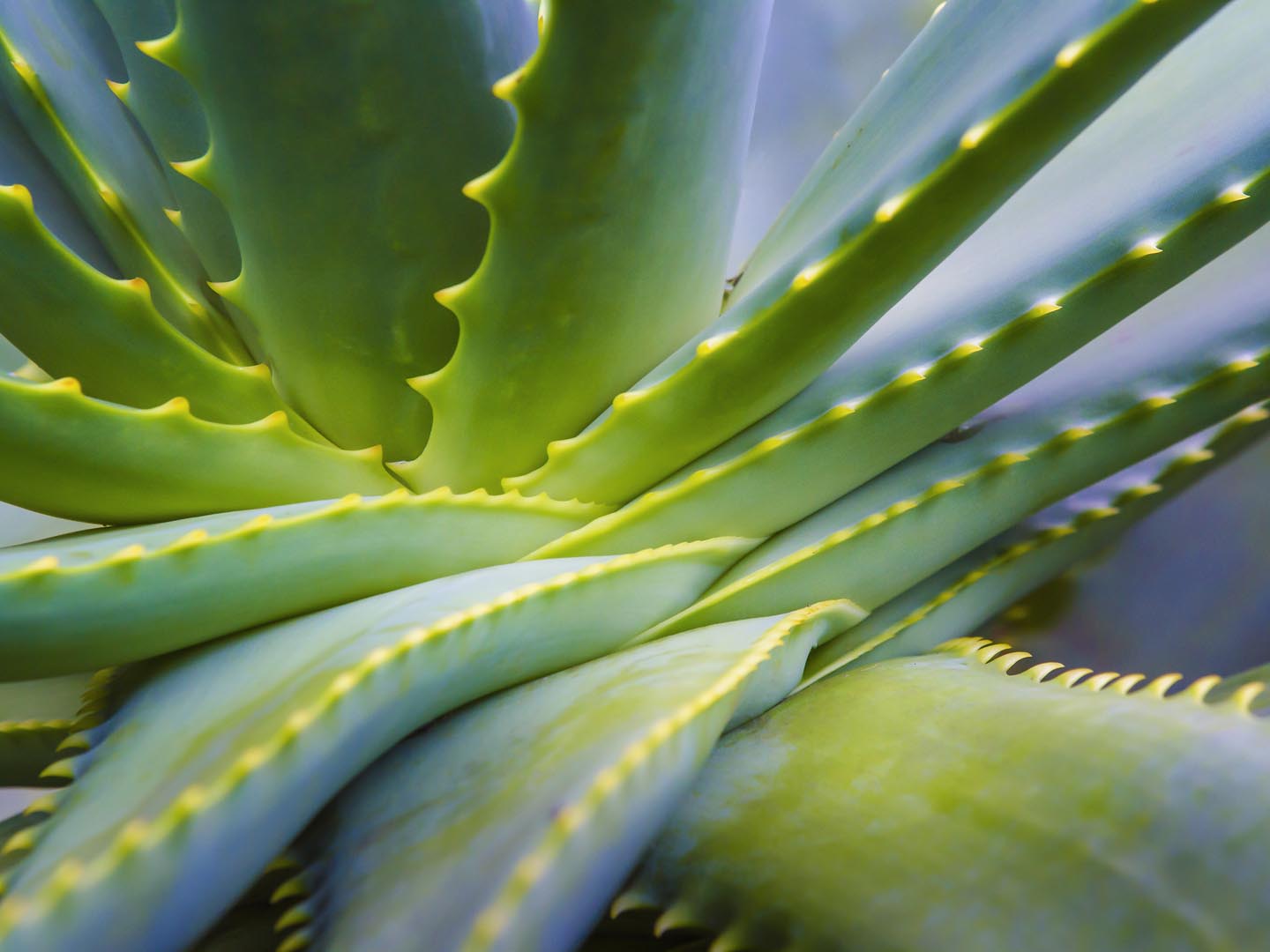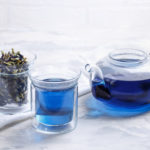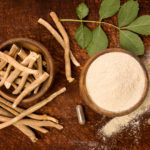Hu Zhang

Hu Zhang (Polygonum cuspidatum)
Hu Zhang (Polygonum cuspidatum) is the Chinese name for a plant also known as Japanese knotweed and Mexican bamboo. The dried root is used medicinally and is listed in the Pharmacopoeia of the People’s Republic of China. Hu Zhang is also used as folk medicine in Japan and Korea.
Uses For Hu Zhang:
Hu Zhang is used medicinally to treat atherosclerosis (hardening of the arteries), heart disease, and high cholesterol, as well as constipation, hepatitis, and gallstones. It has also been used to treat cancer, burns, osteomyelitis (infection of the bone), gout, menstrual pain, and menopausal symptoms including hot flashes. According to the Natural Medicines Comprehensive Database there isn’t enough known about Hu Zhang to determine its effectiveness as a treatment for these disorders.
In traditional Chinese medicine formulations containing Hu Zhang are prescribed for treating cough, hepatitis, jaundice, amenorrhea, vaginal discharge, joint pain, burns, and snake bites. According to a review published in September 2013 in the journal Evidence Based Complementary and Alternative Medicine, pharmacological and clinical studies suggest that Hu Zhang has antiviral, antimicrobial, anti-inflammatory, neuroprotective, and cardio-protective functions.
Hu Zhang Is Available In:
Root, standardized extracts.
Hu Zhang Side Effects, Interactions And Warnings:
Hu Zhang may have estrogenic effects. Taking it when you are on estrogen replacement therapy or birth control pills might impact the effects of these drugs. Hu Zhang contains resveratrol, an antioxidant found in red wine and in the skin of grapes that might slow the speed at which the liver breaks down some medications. Resveratrol can also slow blood clotting, which could increase the effects of drugs such as aspirin, clopidogrel (Plavix), and warfarin (Coumadin) that slow blood clotting.
Other Safety Concerns:
The safety of Hu Zhang during pregnancy, breastfeeding, and childhood has not been established.
Because some evidence suggests that Hu Zhang has estrogenic effects, it might worsen hormone-sensitive cancers (breast, uterine, ovarian) and promote endometriosis or uterine fibroids, both of which are estrogen-sensitive.
When Buying Hu Zhang:
Some studies have used extracts standardized to 20% trans-resveratrol.
Hu Zhang Dosage:
As yet there is no widely agreed upon dosage range – further research is needed.
Child Dosage:
Because Hu Zhang contains resveratrol, a compound that may possess growth factor-inhibiting actions, this agent should not be given to children.
Dr. Weil Says:
Along with ginger, holy basil, turmeric, green tea, and rosemary, Hu Zhang has naturally occurring anti-inflammatory compounds that act as COX-2 inhibitors (the COX-2 enzyme promotes pain, swelling, and inflammation; inhibitors selectively block that enzyme). It also appears to have neuroprotective and antimicrobial activity. Even though it has been used for centuries in traditional Chinese medicine, further research is needed to better assess safety, effectiveness, and appropriate dosing.
SOURCES:
Hu Zhang. Natural Medicines Comprehensive Database, http://naturaldatabaseconsumer.therapeuticresearch.com/nd/Search.aspx?rn=3&cs=NONMP&s=NDC&pt=100&id=1111&fs=NDC&searchid=45838311, accessed march 30.
Huan Zhang et al, “A Review of the Pharmocological Effects of the dried root of Polygonum cuspidatum (Hu Zhang) and its Constituents”, http://www.ncbi.nlm.nih.gov/pmc/articles/PMC3806114/, accessed March 30, 2014A Review of the Pharmacological Effects of the Dried Root of Polygonum cuspidatum (Hu Zhang) and Its Constituents
A Review of the Pharmacological Effects of the Dried Root of Polygonum cuspidatum (Hu Zhang) and Its Constituents
Review of the Pharmacological Effects of the Dried Root of Polygonum cuspidatum (Hu Zhang) and Its Constituents
Review of the Pharmacological Effects of the Dried Root of Polygonum cuspidatum (Hu Zhang) and Its Constituents
Review of the Pharmacological Effects of the Dried Root of Polygonum cuspidatum (Hu Zhang) and Its Constituents
Reviewed by Russell Greenfield, M.D., August, 2016.









